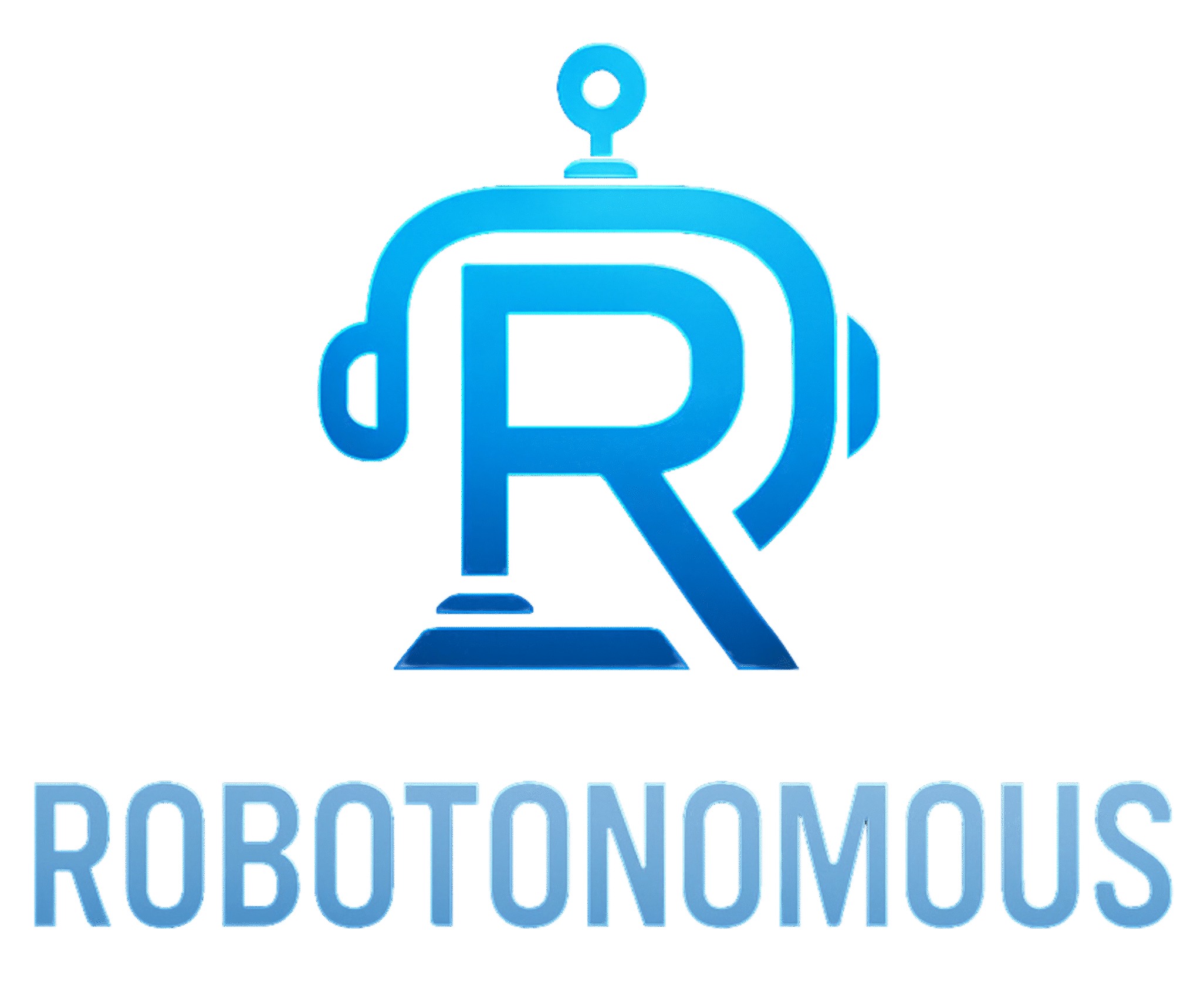LTA Modular Plug-ins: Turning Language into Action in Software Systems

In today’s digital world, natural language has evolved into more than just a medium of communication — it’s becoming an interface to control, automate, and optimize the systems we rely on every day. This is where Language to Action (LTA) steps in
LTA in the context of modular plug-ins is both a conceptual and technical framework where natural language inputs are seamlessly translated into executable actions within software systems. From enterprise automation to digital assistants, this approach is reshaping how humans interact with technology.
What Are LTA Modular Plug-ins?
At their core, LTA plug-ins are modules that bridge natural language and system actions. They:
- Interpret natural language commands using NLP (Natural Language Processing).
- Map commands to real-world actions or workflows within a system.
- Integrate into larger systems such as enterprise tools, digital assistants, or automation platforms.
- Work in a modular and scalable way, with each plug-in specializing in a particular domain (e.g., scheduling, reporting, IT operations).
💡 Example:
When a user says:
“Generate a sales report for Q2 and email it to the finance team.”
The LTA plug-in might:
- Parse the request with NLP.
- Call Salesforce or Excel to generate the report.
- Use Outlook or Teams API to email the file to the finance department.
- Confirm the action back to the user.
Industry Use Cases
LTA modular plug-ins unlock value across industries by making enterprise systems more intuitive and automation-ready.
1. Enterprise Automation (RPA + NLP)
Employees can trigger back-office processes through simple text or voice commands integrated with UiPath or Automation Anywhere.
2. Customer Service
Agents create tickets or escalate issues without manual data entry:
“Create a ticket for a broken item and escalate it.”
3. Healthcare
Doctors dictate notes that get translated into EHR updates, appointment scheduling, or lab test orders — saving administrative time.
4. Finance
Leaders query systems naturally:
“What were our top 5 expenses last month?”
The plug-in translates and executes the ERP query automatically.
5. Manufacturing
Hands-free control of machinery:
“Shut down production line B and notify the maintenance team.”
6. DevOps / IT Automation
IT staff streamline operations:
“Deploy build 57 to staging.”
“Restart the database server.”
Benefits of LTA Modular Plug-ins
Feature Benefit Modularity: Functions can be swapped or updated independently.
Language-Aware: Users interact in plain language — reducing training costs.
Integrative: Plug-ins directly talk to APIs, CRMs, databases, and cloud services.
Automation-Ready: Perfect fit for no-code/low-code environments.
Key Technologies Enabling LTA
Building effective LTA plug-ins requires contributions from multiple fields:
- NLP Engines: OpenAI, Google Dialogflow, Rasa, spaCy
- Intent Recognition: Transformer-based models like BERT
- Action Executors: APIs, Python scripts, workflow engines
- Middleware / Connectors: Node.js, FastAPI, Zapier, cloud automation tools What’s Next for LTA Plug-ins?
The future of Language to Action is racing forward:
- Context-Aware Automation: LLM-powered systems (like GPT) that understand deeper nuance.
- Immersive Interfaces: Integration with AR/VR and industrial voice assistants for hands-free contexts.
- Democratized Automation: Embedded in no-code platforms so anyone can build workflows with natural language.
- Security First: Built-in compliance layers to meet the demands of healthcare, finance, and other regulated industries.
Final Thoughts
LTA modular plug-ins are redefining how businesses and individuals interact with technology, transforming natural language into a powerful command line for the enterprise. By combining scalability, modularity, and NLP-driven intelligence, they pave the way for a future where interacting with complex systems feels as natural as having a conversation.
